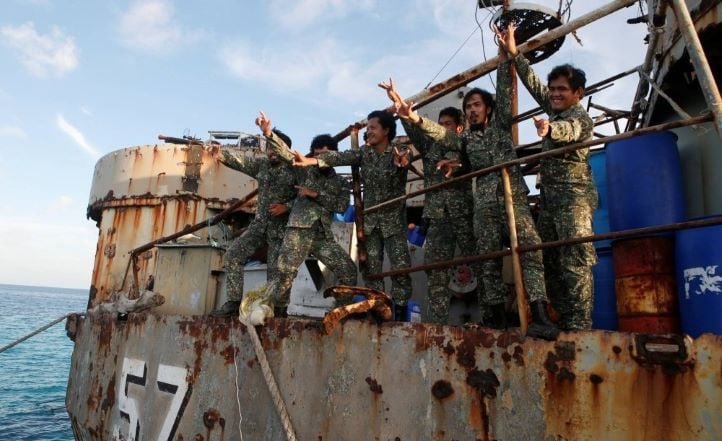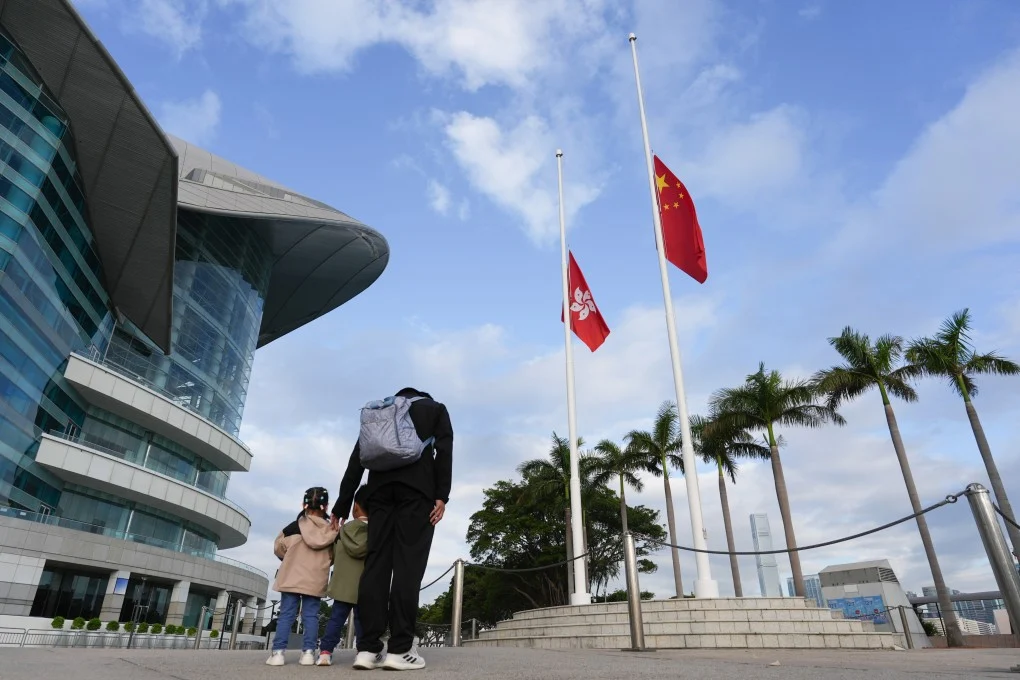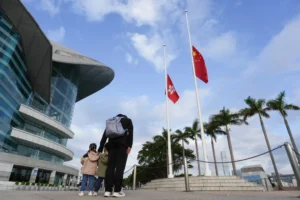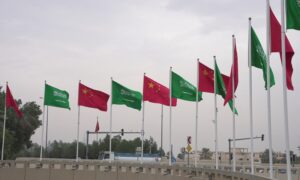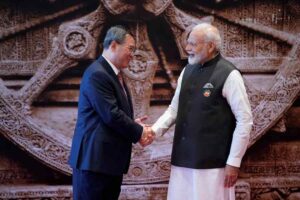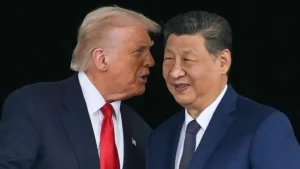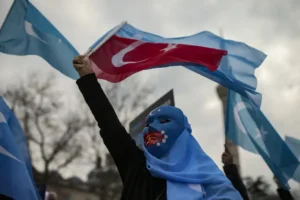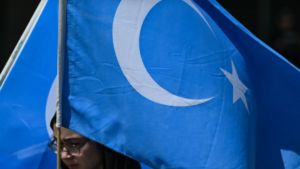Is Manila getting tough with Beijing over the South China Sea?
In the South China Sea as China wants to prove its dominance by claiming more than 90% of this waterbody of the Pacific as its own, the Philippines under President Ferdinand Marcos Jr is giving Beijing a run for its money in the region. Manila is not only challenging Beijing’s claim in the resource rich South China Sea, but has also categorically hinted that it is building a defence alliance with the US and other security partners to thwart China’s bullying in the marginal sea of the Western Pacific Ocean where it wants to start exploration for oil and gas.
2. In fact, on the day China and the Philippines were holding bilateral consultative meeting in Shanghai where they agreed to improve maritime communication and properly manage their differences through consultations on the South China Sea, the Philippines Defence Secretary Gilberto Teodoro Jr told Bloomberg News that his country would expand military cooperation with the US and other security partners to prepare for more resource exploration in the South China Sea.
3. Rattled by the Philippines Defence Secretary’s statement, China’s Foreign Ministry Spokesperson Mao Ning said if Manila enters into military cooperation with the US or other countries, they “should not undermine China’s lawful rights and interests in the South China Sea.” But the Philippines played a nuanced game on the chessboard of diplomacy beyond the South China Sea. President Marcos Jr congratulated Lai Ching-te for his victory in the recently concluded presidential election in Taiwan just one day after the Philippines’ foreign ministry issued a statement reaffirming its commitment to the one-China policy.
4. It was seen as a mind game that the Philippines President played against China, already riled by the victory of a pro-independence candidate in Taiwan for three consecutive presidential elections. Provoked by President Marcos Jr’s congratulatory message, China issued a warning to the Philippines that it should not “play with fire on the Taiwan issue.” Analysts say China would not have been offended by congratulatory messages had the winner been a China friendly candidate.
5. However, on broader terms, the Philippines President, by congratulating Lai Ching-te, sent a message to China that Taiwan is an important foreign issue for Manila not just because of geographical factors but also due to its being an important economic partner. The Philippines is the closest country to Taiwan in the Indo-Pacific region. Its Luzon Island is just around 190 km away from the southernmost point of Taiwan.
6. Then over the years, the Philippines has maintained a closer economic engagement with Taiwan. It was Manila’s 8th largest trading partner, 8th largest export market and 8th biggest source of imports in 2022, as per data from the Philippine Statistics Authority (PSA). Besides, around 200,000 Filipinos work in the self-ruling island, making it inevitable for the Philippines to make China understand that Taiwan falls under its important strategic calculus and as such, Beijing should give due respect to its interests in the region, including the South China Sea.
7. In fact, it wants China to stay away from its Exclusive Economic Zone (EEZ) in the South China Sea. But China has over the years preferred to use might is right policy over reason and respect to deal with concerns of its neighbouring countries and their interests. In the case of the South China Sea, its official position is that it remains committed to a peaceful resolution of the South China Sea.
8. This position has, however, changed from time to time. For example, in July 2020, China’s Foreign Ministry said, “China is not seeking to become a maritime empire” and that it “treats its neighbouring nations on an equal basis and exercises the greatest restraint.” And during his visit to Singapore, Malaysia and Cambodia in August 2023, China’s Foreign Minister Wang Yi told leaders of these countries that “China has repeatedly expressed its willingness to properly handle existing differences with the Philippines through bilateral dialogue.”
9. However, on the ground such statements from China have proved to be mere rhetoric. This can be analysed from the fact that till October 2023 alone the Philippines lodged as many as 55 times diplomatic protests against China over the PLA Navy’s “provocative actions” against Manila’s interests in its EEZ of the South China Sea.
10. Around the Second Thomas Shoal of the South China Sea where the Philippines has grounded a ship called Sierra Madre since 1999 to assert its sovereign claims, Manila has often encountered challenges from the PLA Navy and its backed maritime militia. China wants the Philippines to remove the grounded ship that serves its outpost in the South China Sea. Manila in turn wants Beijing to first remove all illegal structures built within its EEZ.
11. With neither side willing to give in, the Second Shoal area of the South China Sea has become a flashpoint of simmering tension between the two countries. In the midst of this, military chief of the Philippines General Romeo Barner, as per The Japan Times, last week announced plans to upgrade nine territorial features in the area, including setting up a desalination plant at the Second Thomas Shoal in order to make the grounded Sierra Madre ship on which troops are stationed, more habitable.
12. By doing this, the Philippines wants to firm up its presence in the area, making it tough for China to force Manila to abandon the outpost in the South China Sea. The Philippines’ pivot towards the US and the latter’s assurance to Manila that their 1951 mutual defence treaty enables them to treat attacks on either nation’s armed forces or public vessels anywhere in the South China Sea as attacks on both nations and their interests, is seen as the key reason for the Philippines’ newfound confidence to challenge Beijing.
13. Significantly, the US which operates five military bases in the Philippines on a rotational basis, is also developing four new military bases in the Southeast Asian nation. Of these four bases, the first is being developed in the Cagayan province covering Luzon Island, which is close to Taiwan. The second and the third bases are also being developed in the Cagayan province. The fourth military base is being developed in Palawan province, located in the western part of the Philippines near the Spratly Islands in the South China Sea. 14. Together with such strategic developments, Manila has also strengthened its partnership with Japan, Australia, and like-minded countries in the world. The Southeast Asian nation has done so to strengthen its territorial defence strategy in the region as it feels that traditional methods of diplomacy with China are not making any major progress. However, there is fear that the Philippines’ shift in approach in the South China Sea may turn into a cause for conflict with China in the near future.
